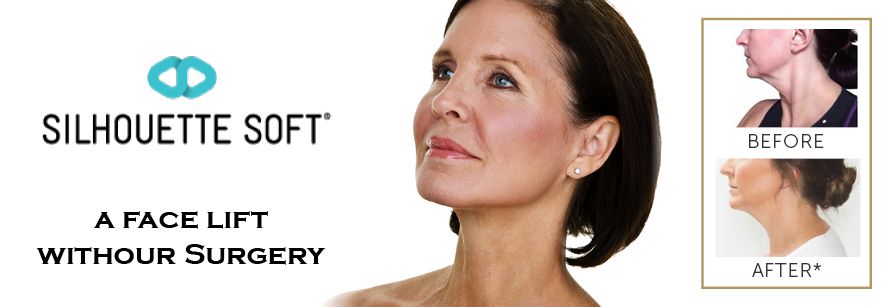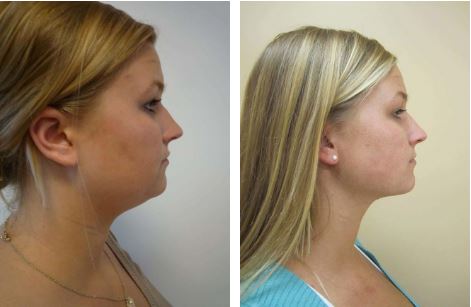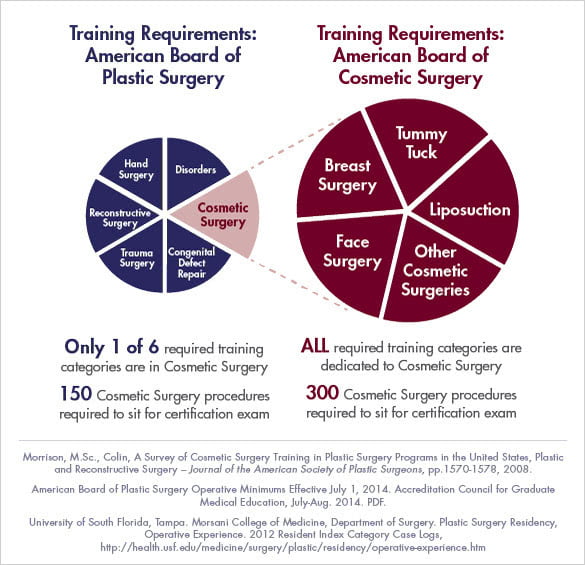
The injected area should be defined using standard staining techniques, such as Minor's Iodine-Starch Test, and sterile 30 gauge needles. Use a distance of 1-2 cm to inject the BOTOX 0.0.1-0.2 mL into the hyperhidrosis. Repeat injections are necessary as needed until the clinical effect waned. If the hyperhidrosis is stable, repeat injections might not be necessary.
Dysport
A physician can perform Dysport in his office to help reduce the appearance of glabella lines, which extend upward between the eyebrows and toward the forehead. These lines can become more apparent and noticeable as the patient relaxes. This cosmetic treatment is recommended for patients suffering from moderate to severe glabella wrinkles. In addition, a dermatologist can help you distinguish between moderate and severe wrinkles. In addition, the doctor can make the procedure as pain-free as possible and can also numb the area.

The ingredients of both types of injections are the same, but the two differ in trace protein content, making one treatment more effective than the other. Botox is used for facial wrinkles while Dysport is used for large areas. Both injectables are safe and effective. However, the main differences are in the amount of treatment and the duration of the results. Dysport may be a better choice for treating small areas and wrinkles.
Botox/Dysport are safe for adults. However, patients who have taken these medications should discontinue them before receiving treatment. Although both injectable treatments are safe and effective, they may interact with other medications. Botox can interact with blood thinners, muscle relaxers, anticholinergic medications, and other drugs used to treat Parkinson’s disease. Patients should consult their doctor before beginning any treatments.
200 units Botox
A typical person needs between 30 and 50 units of Botox each treatment. Typically, they need three to four treatments per calendar year. The dose should be adjusted according to the results of previous sessions. It is not recommended that the amount be increased before the effects have disappeared. However, the injections must still be effective and functional. Adults should use 200 units of botox per injection per site. Patients under 34kg need six units per kilogram.
Botox 200 unit doses have been shown to reduce urinary leakage episodes by 1.3 times per day in clinical trials. The drug is also approved in 90 countries, the United States included. Patients with infection at the injection site, urinary incontinence or retention should not receive it.

Botox solutions should be injected to a depth of at least two millimeters (mm), from the skin. This will ensure a successful outcome. To prevent leakage and ensure that the injection is intradermal, the needle should be held at 45 degrees to the skin's surface. Moreover, patients should avoid injecting directly through an ink mark on their abdomen. It can result in a permanent tattoo effect.